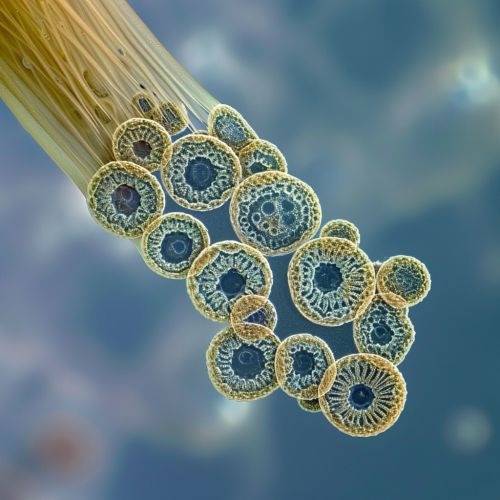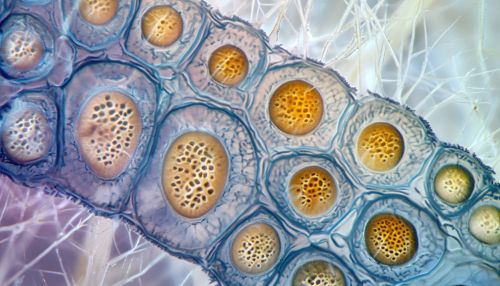Cercozoa
Overview
Cercozoa is a group of eukaryotic organisms within the supergroup Rhizaria. They are characterized by their ability to form slender, thread-like pseudopodia, which they use for locomotion and feeding. Cercozoa is a diverse group that includes both free-living and parasitic species, found in a wide range of environments from soil and freshwater to marine environments and even extreme environments such as hot springs and polar ice.


Classification
The classification of Cercozoa has been a subject of debate among scientists due to their diverse morphological characteristics and the lack of a unifying morphological feature. However, molecular phylogenetic studies have helped in the classification of this group. Cercozoa is currently classified under the supergroup Rhizaria, along with Foraminifera and Radiolaria. Within Cercozoa, there are several classes including Phytomyxea, Endomyxa, and Sarcomonadea, among others.
Morphology
Cercozoans exhibit a wide range of morphological diversity. Some species are amoeboid with thin, filamentous pseudopodia, while others may have rigid shells or tests. Some are flagellated, possessing one or two flagella, while others lack flagella. Many cercozoans are capable of changing their shape, and some can form complex life cycle stages such as cysts or spores.
Ecology and Distribution
Cercozoa are ubiquitous and are found in a wide range of environments. They are common in soil, where they play a crucial role in nutrient cycling, particularly the decomposition of organic matter. They are also found in freshwater and marine environments, where they are an important part of the microbial food web. Some species are known to inhabit extreme environments such as hot springs and polar ice.
Reproduction
Cercozoans reproduce both sexually and asexually. Asexual reproduction is common and usually occurs through binary fission or multiple fission. Sexual reproduction is less understood but is known to occur in some species. It typically involves the fusion of two cells to form a zygote, which then undergoes meiosis to produce haploid offspring.
Role in Disease
Some Cercozoa are parasitic and can cause disease in plants and animals. For example, members of the class Phytomyxea, also known as plasmodiophorids, are plant parasites that can cause significant crop losses. They are responsible for diseases such as clubroot in cabbage and other crucifers, and powdery scab in potatoes.
Research and Studies
Cercozoa are an active area of research, with scientists interested in their ecology, evolution, and role in disease. Recent advances in molecular techniques have greatly improved our understanding of this group, but much remains to be learned. For instance, the diversity of Cercozoa in many environments is likely underestimated, and their roles in ecological processes are not fully understood.
